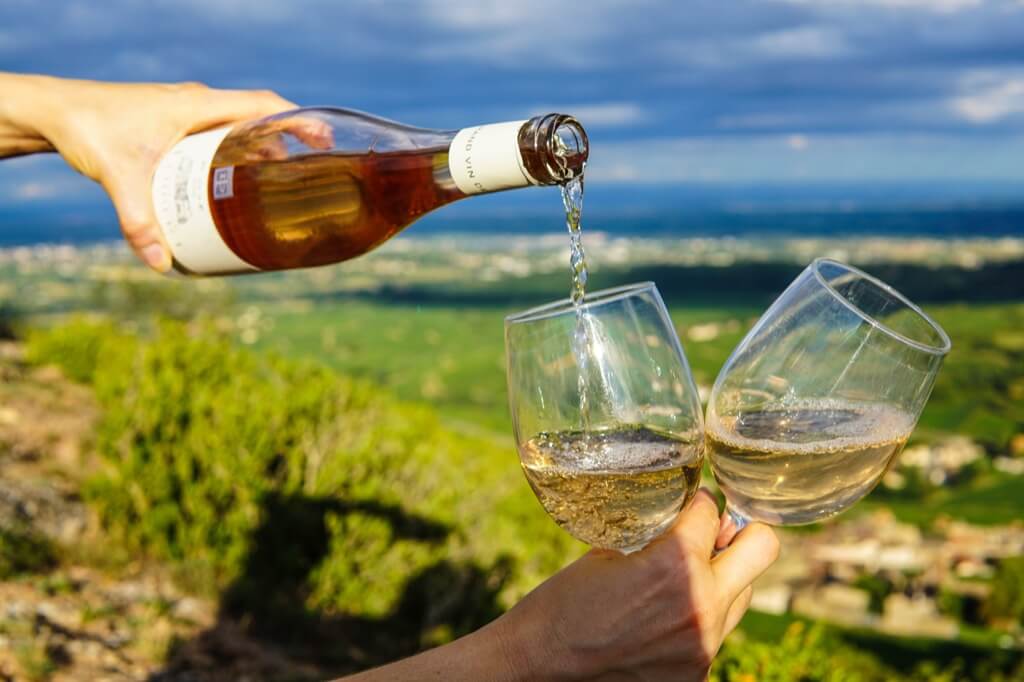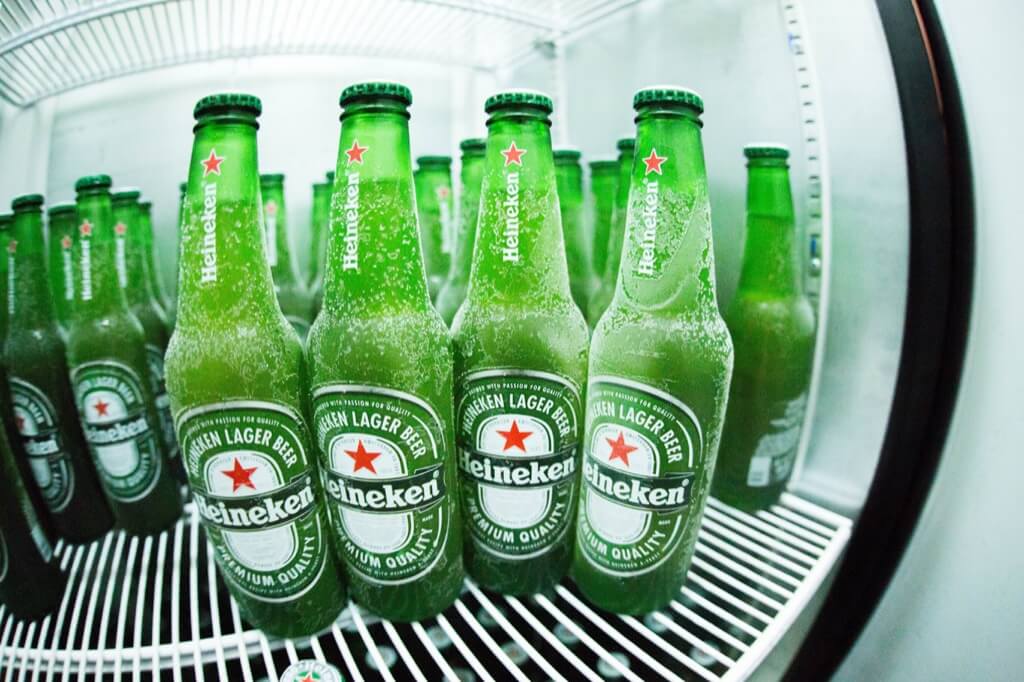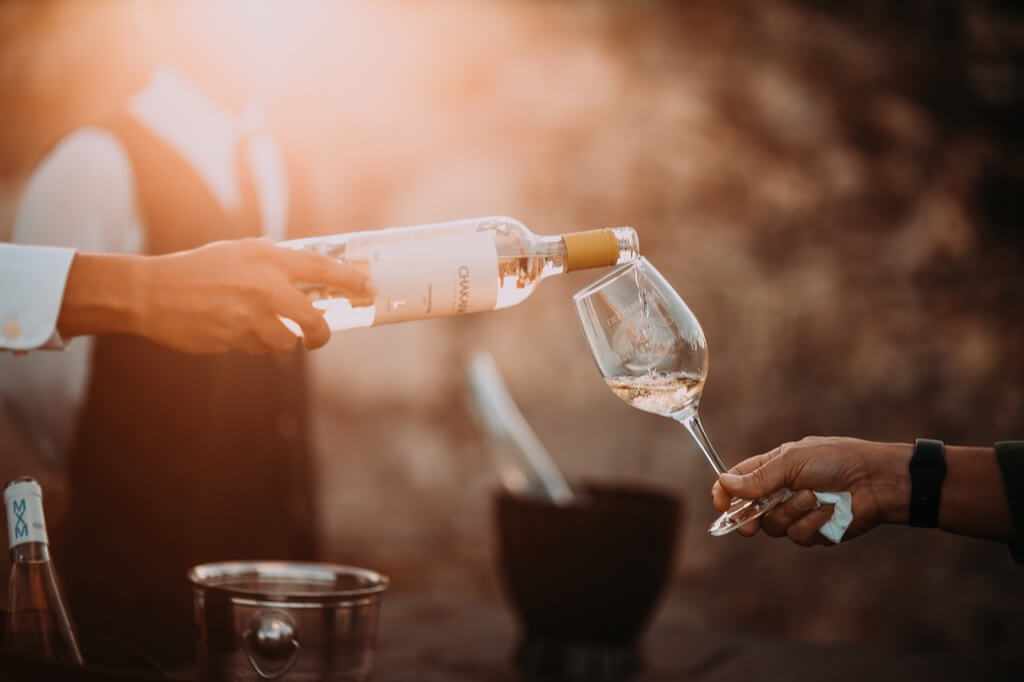We’ve all come across them – those notorious wine aficionados who turn their noses up at anything that doesn’t come with a hefty price tag or a prestigious label. But let’s set the record straight. It’s not that every wine connoisseur can be tricked into thinking that an affordable box of white wine is comparable to the treasures of Bordeaux.
Nor is it solely because of the uncanny influence that psychology and predisposition have on our taste buds. The saga lies in the realms of passion, legacy, and a series of events that transformed the world of wine.
Dive With Me Into the Tale of the “Judgement of Paris”
A monumental event that sent ripples across the wine industry and led some die-hard fans into an existential crisis. This narrative begins with Steven Spurrier, a fervent believer in the finesse of French wine and an astute business owner in the heart of Paris. His intention? To shed light on the emerging quality of Californian wines and, in doing so, entice enthusiasts to his wine haven in the city of love.
Contrary to Popular Belief, Spurrier Was Rooting for the French
He carefully curated a panel, which was nothing short of a sommelier’s dream team. His proactive step of opting for a blind tasting was to ensure that no bias clouded the judgment. And thus, the stage was set.
One might argue that destiny has a sense of humor, for only one journalist, George M. Taber of TIME magazine, bore witness to this revolution. As the tasting unfolded, it became evident that the underdogs – the Californian wines – were not just participating, they were dominating.
Taber’s report not only made headlines but altered the course of wine history. The seismic shift was not only in the perception of Californian wines but also in the global wine landscape. The aftermath? An explosion of vineyards worldwide and a newfound openness in sharing the secrets of the trade.
However, victories often come at a price. Spurrier’s commendable endeavor made him the black sheep in many French circles. His establishment faced hurdles, and the French media went to lengths to downplay, even deny the event’s legitimacy. But time, they say, is the best healer and vindicator. When Spurrier revisited the challenge 30 years later, the results echoed the past, but with an evolved, accepting audience.
Origins of the Myth of Club Vino
The Myth of Club Vino finds its roots in the early wine clubs of the 20th century. These were exclusive gatherings of high society members, where rare and vintage wines were tasted and discussed in hushed tones. These clubs established a precedent, creating a sense of mystique and exclusivity around wine appreciation. The members of these early clubs often held sway over wine trends, popularizing certain vineyards and styles over others.
The Bordeaux Connection
The region of Bordeaux, France, plays a significant role in the evolution of the Myth of Club Vino. As one of the world’s premier wine regions, Bordeaux became synonymous with prestige and quality. However, it wasn’t just the wine that contributed to the myth; it was the aura of the Bordeaux wine auctions.
These were, and still are, glamorous events attended by the elite, where astronomical sums are paid for bottles from esteemed châteaux. This aura of exclusivity further deepened the divide between everyday wine drinkers and the perceived “inner circle” of wine connoisseurs.
The Rise of Secret Wine Societies
Parallel to the more public-facing wine clubs were secret wine societies. These groups, often shrouded in mystery, met in undisclosed locations and had initiation rituals and ceremonies. While their primary focus was wine appreciation, the allure of these societies was in their secrecy and the allure of forbidden knowledge.
Rumors of these societies added to the burgeoning Myth of Club Vino, painting a picture of an underworld of wine appreciation only accessible to a chosen few.
Influence of Cinema and Literature
Popular culture played its role in the spread of the Myth of Club Vino. Movies and novels romanticized the world of wine, portraying it as a realm of intrigue, romance, and betrayal.
Characters in these stories often had a deep understanding of wine, using it as a symbol of sophistication and worldly knowledge. Such portrayals further elevated wine from a mere beverage to an object of reverence, accessible only to those in the know.
The Digital Age and the Myth’s Perpetuation
With the advent of the internet, one might assume that the democratization of information would break down the Myth of Club Vino. However, the opposite occurred.
Online wine forums, blogs, and influencers established new virtual “clubs,” where rare bottles, tasting notes, and vineyard trips were discussed and showcased. While information became more accessible, the aura of exclusivity persisted, with certain online communities further perpetuating the myth of an elite wine appreciation club.
The Evolution of Palate Preferences
Over the past few decades, there’s been a notable shift in global palate preferences. While traditional wine-producing regions like France have long been known for their dry, subtle, and terroir-driven wines, many new wine drinkers have shown a preference for fruitier, more robust wines – the style often associated with New World wine regions like California.
The question arises: Is this shift in palate preference genuinely reflective of modern tastes, or is it driven by marketing and consumer influence?
The Emergence of New World Wine Regions
Beyond the famed valleys of California, other New World wine regions like Chile, Argentina, South Africa, and New Zealand have come into their own, producing world-class wines that rival their Old World counterparts.
Some experts argue that the unique climates and untouched soils of these regions offer new expressions of classic grape varieties. But are these wines truly on par with those from the established regions of Europe, or is this emergence more about novelty and exploration?
Organic and Biodynamic Winemaking: Hype or Superior Technique?
With an increasing emphasis on sustainability and natural processes, many vineyards are adopting organic and biodynamic farming methods. Proponents argue that these techniques lead to a purer expression of the grape and the land.
Detractors, however, believe it’s more of a marketing ploy, with the wines not necessarily being superior in quality. With both Old and New World vineyards embracing these methods, is the shift towards organic and biodynamic winemaking elevating the wine quality, or is it just catering to a modern trend?
The Influence of Wine Criticism on Consumer Choice
In the age of technology, wine critics wield a significant influence on consumer preferences and purchasing decisions. A high score from prominent wine critics can boost sales and reputation, while a poor review can have the opposite effect.
But how much should consumers rely on these critics? Do they truly have an unmatched palate, or are their preferences swayed by industry politics, personal biases, or even the allure of the wine’s story and branding?
The Role of Technology in Winemaking
Modern winemaking has seen a surge in technological interventions – from drones monitoring vineyard health to precision fermentation techniques. While some believe technology enhances the quality and consistency of wines, others feel it strips away the traditional art of winemaking, leading to homogenized flavors and profiles.
As wineries across the globe increasingly turn to technology, the debate intensifies: Is technology the future of winemaking, or should vintners hold onto time-honored methods?




